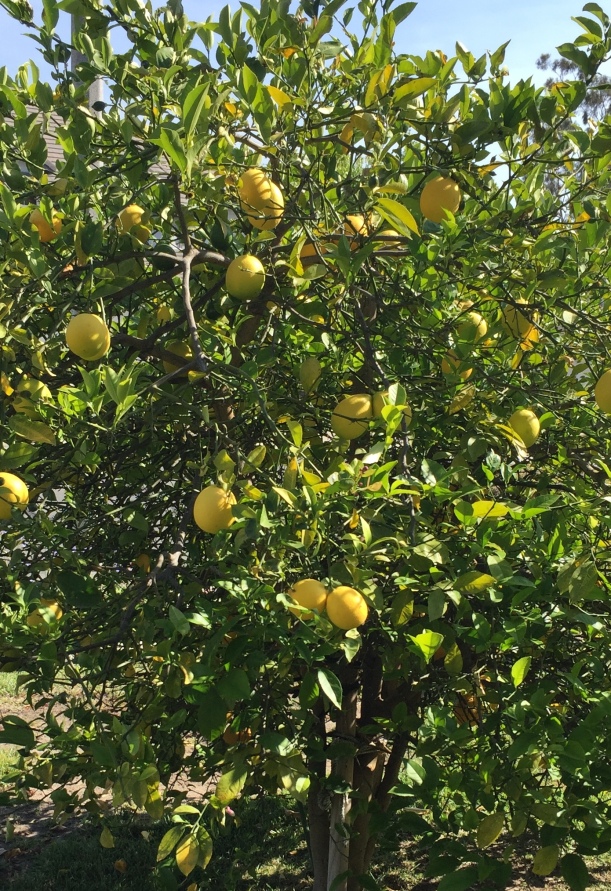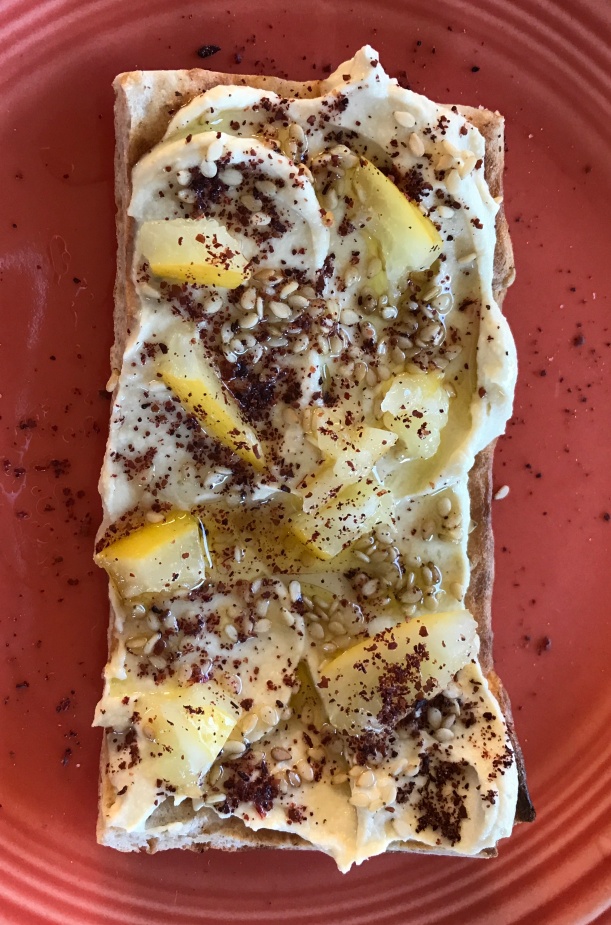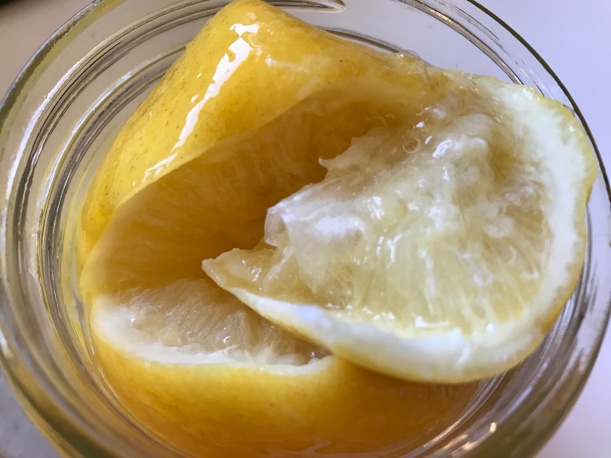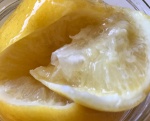Two weeks ago, I ordered what I’m sure will be in my top 5 “go to” books about food. My first introduction to its author, Samin Nosrat, was on Food52 last month. The name of her book? Salt, Fat, Acid, Heat: Mastering the Elements of Good Cooking. Her basic premise is that you can cook almost anything without a recipe, if you understand the four elements- salt, fat, acid and heat. I love Food52, and their recent {April 2017} series called “Samin Nosrat’s 12 Must-Know Lessons That’ve Changed How We Cook” has me excited about thinking about food in a whole new way. I highly recommend you click the link and check it out. It will give you a different perspective on how to cook, season and enjoy food. There are lessons, including videos, for each element. Let’s take salt for example-when you taste food for seasoning, you may find it to be bland. Many of us reach for salt as the cure for food that is flat. Nope, not so fast, according to Nosrat. Step away from the salt and think about the many ingredients that can add more saltiness and flavor to food…Parmesan, anchovies, olives, kimchi, capers, fish sauce, shoyu, raw sauerkraut, preserved lemons and more. Before you toss in some sodium chloride in its crystalline form, take a moment to consider some other flavorful options; you will be glad you did!
A new food discovery for me, which contributes both salt and acid to a dish, is preserved lemons. I first tasted them in California earlier this year, when I visited my aunt, who has a Meyer lemon tree in her front yard.

Southern California Meyer Lemon Tree
She has a freezer full of frozen lemon juice {as do I}, and sought out other recipes for using up the many gorgeous lemons begging to be enjoyed in ways more interesting than juice. She found a recipe for preserved lemons, and had some ready to eat when I was visiting; I fell in love with them! Breakfast was sangak {Iranian flatbread} topped with with homemade hummus, cooked spinach and diced pieces of preserved lemon. Many, if not most, recipes for preserved lemons say to discard the pulp and eat only the rind; after a quick rinse, I eat the whole lemon, including the viscous tart/salty liquid, all of which get better and better with time.

Sangak with Hummus, Preserved Lemon, Olive Oil, Sesame Seeds & Sumac
Delicious! Preserved lemons are similar to capers, but I think they are better, and quite addictive. What prevents me from inhaling my preserved lemons is that I only made 3 pints, so I am rationing them out until my sources of local Meyer lemons have more ripe lemons. The next time I get my hands on another bag of lemons, I will then make many pints of these delectable lemons, and eat them with abandon…I highly recommend that you do too! I made the recipe exactly as written on the Daring Gourmet blog, but next time I may slice the lemons instead of quartering them, to fit more into the jars.
Once your preserved lemons are ready to eat, enjoy them with hummus {this is my former recipe, which is excellent, but here is my new favorite Israeli hummus recipe}, fish, chicken, salad dressings, salads & more. Use your imagination & enjoy your jars of sunny deliciousness!

Preserved Lemons in Jar




